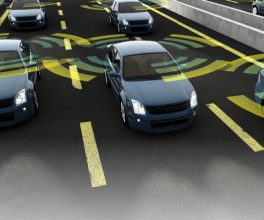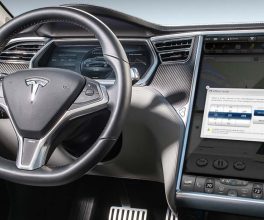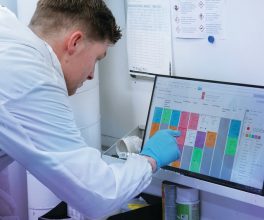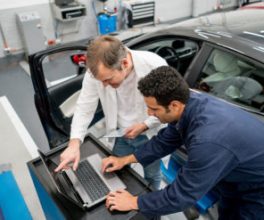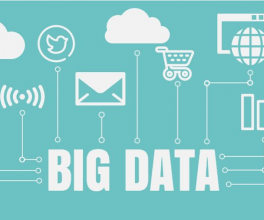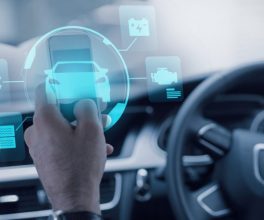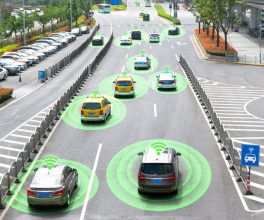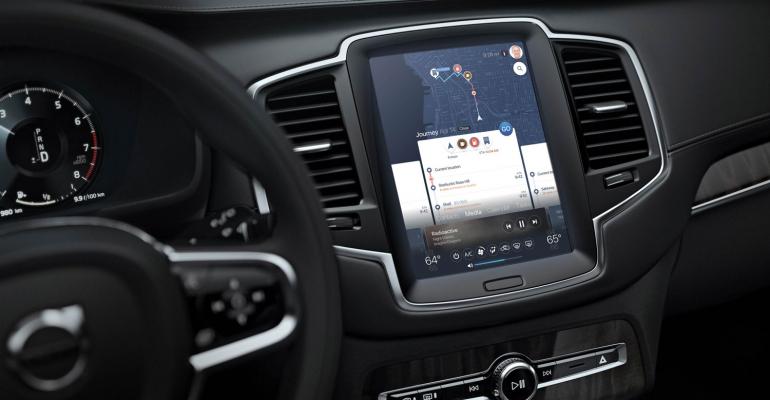Technology Editor Bill Wong talks with Dan Gittleman, CEO of Xevo, about how manufacturers must address the influx of data in the connected car through proper management techniques.
Cars now generate an enormous amount of data every day. As vehicles become more complex, the amount of information is expected to severely strain data networks and cloud infrastructure, creating a serious need for a new network and computing infrastructure solution.
Xevo’s expertise is in the data-driven automotive user experience. I talked with Dan Gittleman, CEO of Xevo, who shared his take on the solutions that automakers can incorporate into their vehicles to keep everything running normally, even with the ever-increasing amount of connected-car data.

Dan Gittleman, CEO, Xevo
There’s a lot of buzz these days around the increase in data from connected cars. How much data are we talking about?
Estimates say that the amount of data transferred between connected cars and the cloud will experience a 10,000-fold increase, likely reaching 10 exabytes per month by 2025.
Is there a way to help the network process all of this new data?
Automotive OEMs and automobile designers can ease the impact of this huge data increase by incorporating technology that combines cloud services and in-car computing power, so that even as the amount of data increases, devices and vehicle software will continue to function and communicate normally.
That sounds great—how can designers make that happen?
The first step is to implement a data-centric technology solution, like our Journeyware platform. Journeyware combines cloud-based machine learning, artificial intelligence, and powerful data-analysis tools with in-vehicle data processing tools to acquire, manage, analyze, and distribute the massive, diverse data flows generated by connected cars. The solution leverages these advanced technologies, integrating in-car computing with cloud services, to optimize networking and computing between vehicle head units, mobile devices, and the cloud.

What is distributed processing?
Distributed processing manages and categorizes car-generated data by “triaging” it. In other words, it determines which information can be processed in the car, and what needs to be addressed in the cloud. Any data that can be processed in the car stays “local”—it’s not unnecessarily sent to the cloud, which helps to conserve network resources. Managing the data like this also reduces network congestion by decreasing the overall amount of data being transferred, and improves cloud platform efficiency by removing unnecessary data processing.
What happens to the data once it’s been triaged?
That’s where Journeyware’s customizable “rules” about data collection and storage come in. These policies ensure that the highest priority data always receives the highest-priority treatment, by enabling the software to determine which data to collect, what to store in the car, and which information should be sent to the cloud. It’s like collecting video data only in specific locations under certain conditions or on an intermittent basis, and storing some data permanently in the car.
For example, an engineer could set up the system so that data is only stored permanently in the car or uploaded to the cloud if certain events happen, such as cars in a certain area that slow down suddenly, or a cluster of vehicles whose windshield wipers all go on at the same time. The policies create an effective framework for managing the information, and reduce the overall amount of data that requires processing, which helps prevent the network from getting overworked.
Storage seems like it could be a mammoth task. How does your software solution address it?
The system tackles the storage challenge using a few different rules. It determines whether the information should be saved temporarily or permanently, and if it will be stored in the car or sent to the cloud. For information that goes to the cloud, it decides which data to store for quick analysis and what needs to be stored, but likely won’t be accessed very often (known as “inactive” data in “cold storage”), then specifies how data will be accessed when it is needed.
Using a combination of policies and criteria to manage and sort the data as it’s generated, and distributing the data according to temporary-vs.-permanent and local-vs.-cloud storage, allows automotive designers to proactively address the rapidly growing quantity of information from connected cars. This helps to ensure that devices and software continue to function correctly.
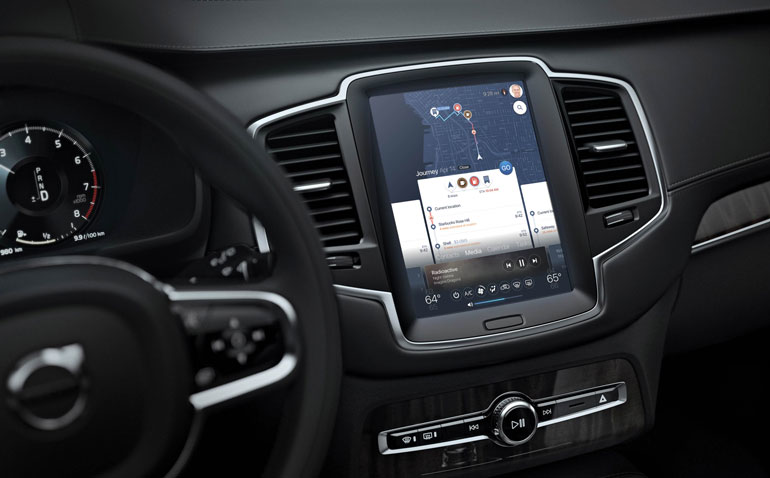
The Xevo Carware Intelligent Edge (XE) data-centric platform.
Can cell phones and mobile devices strain the network?
Yes. Consumer devices—phones and tablets, and even the apps that run on them—can affect the network. People expect the same functionality from their devices when they’re in the car as they do in all other areas of their lives. A hardware and software solution that supports Bluetooth pairing and in-car Wi-Fi network hosting gives devices more than one way to connect to the network and receive information. This means resources can be distributed and conserved effectively, and that all of our phones and “toys” will work normally while on the go.
Overall, the increase in connected-car data warrants automakers’ attention. Incorporating a solution that employs smart data collection and retention, with a focus on policies and criteria and in-vehicle management of consumer devices, addresses many of the potential bandwidth issues created by the influx of data. By designing their vehicles to include such a solution, OEMs can increase consumer satisfaction and brand loyalty by delivering what consumers want from their vehicles.
Dan Gittleman is the CEO at Xevo Inc., a global leader in data-driven user experiences with the world’s largest IoT deployment in the automotive industry. He previously founded OpenPeak and grew the company into a large-scale provider of multimedia devices and device-management platforms for customers such as Verizon, Cisco, Philips, O2, Telefonica, and Etisalat. The company became a leading provider of mobile cybersecurity solutions for the enterprise, with large OEM customers such as AT&T, Cisco, SAP, and BlackBerry, and deployments to thousands of enterprises worldwide.
Gittleman also founded RAID Power Services Inc. and grew the company from 10 team members to more than 220. He rebranded the company in 2000 as StorageApps and became the number two global leader in network storage virtualization software. He has established partnerships with Hitachi Data Systems, IBM Corp., Dell Computer, and others that led to the successful acquisition of StorageApps by Hewlett-Packard in 2001.
Courtesy of ElectronicDesign

